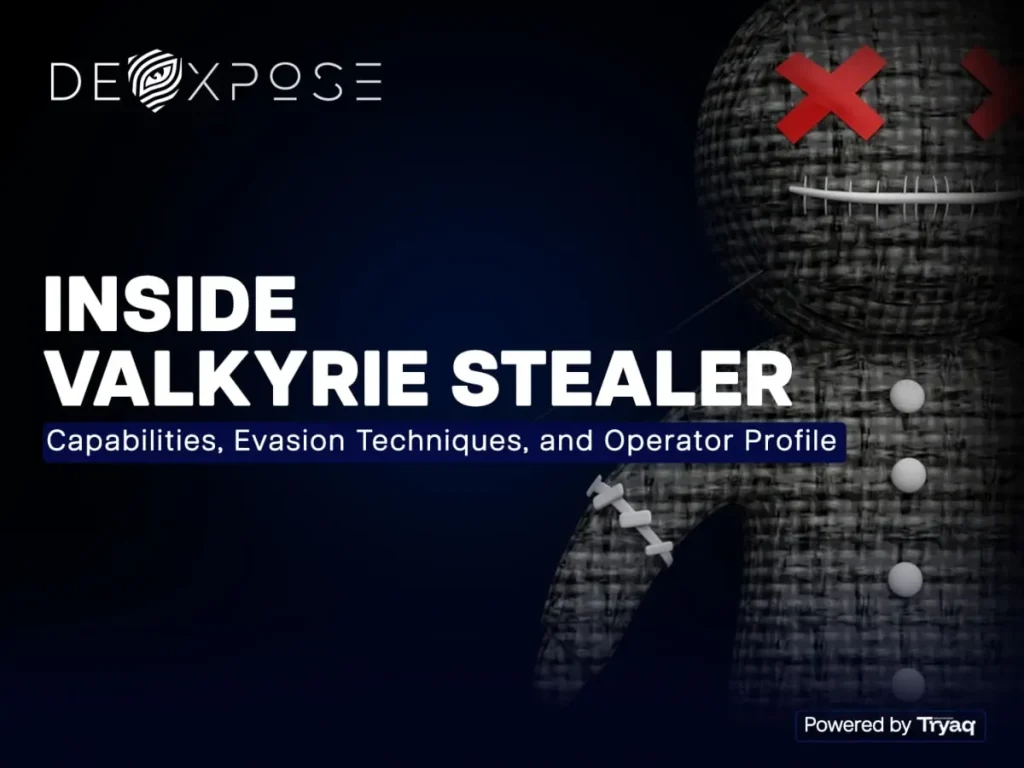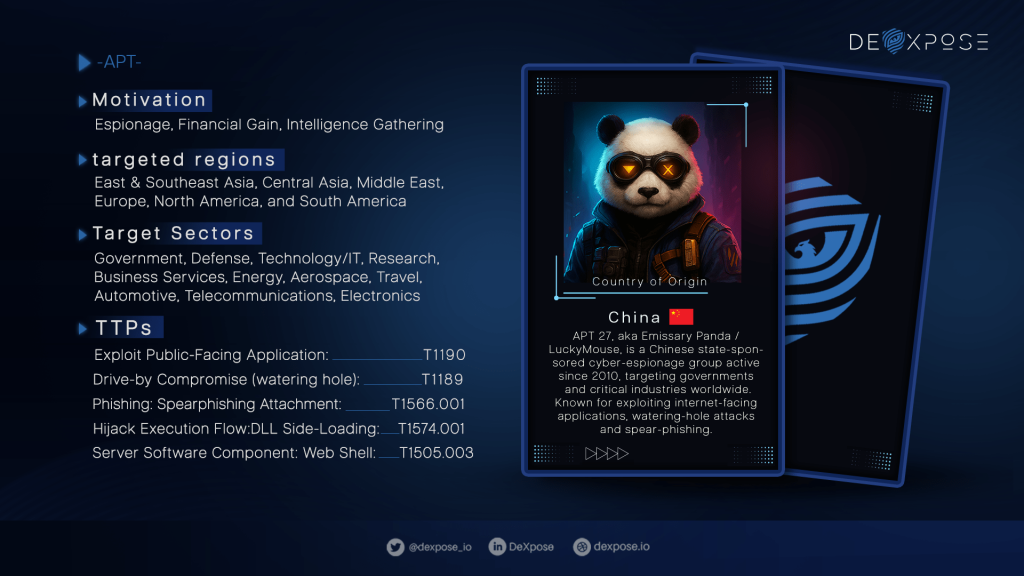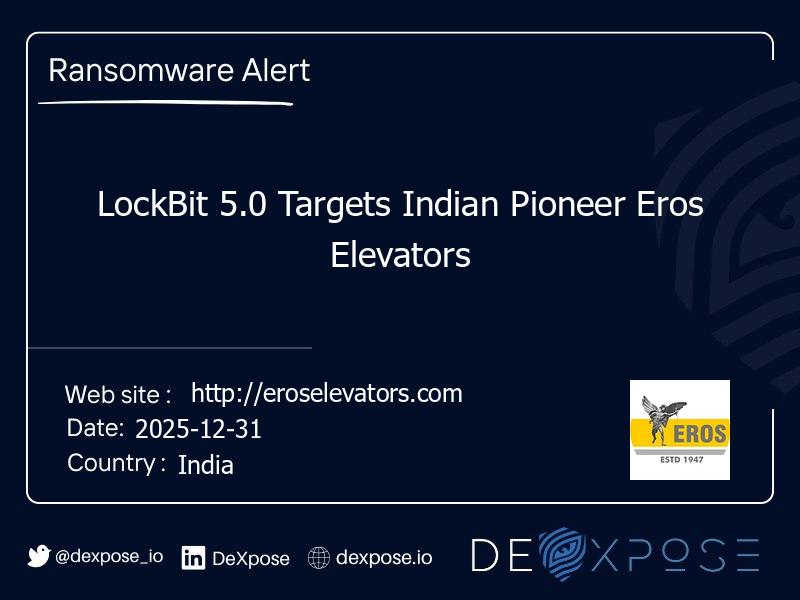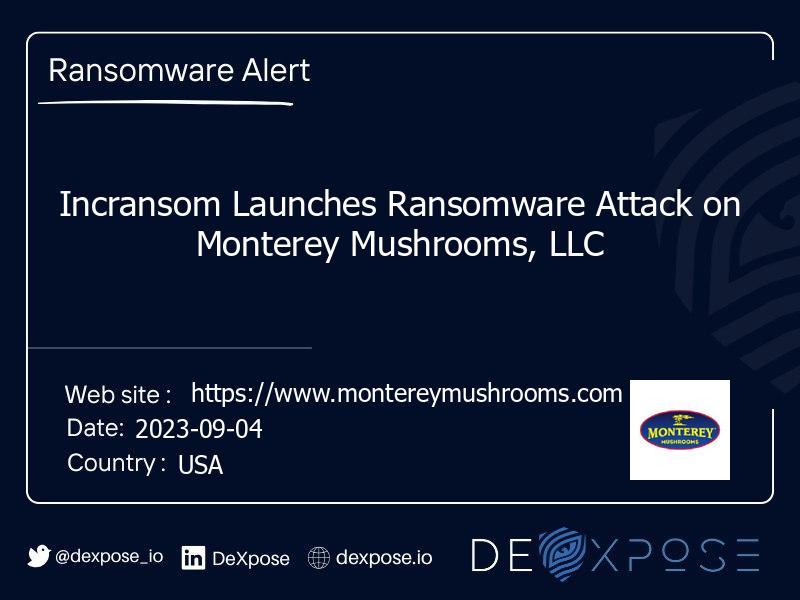For many beginners, the idea of pursuing a career or even just learning about cybersecurity can feel intimidating. The term itself conjures images of hackers, firewalls, and complex code. It’s no surprise that one of the most searched questions online is: “Is cybersecurity hard?” Whether you’re a student, a career-switcher, or a curious tech enthusiast, it’s a fair question to ask. The short answer? Cybersecurity can be challenging, but it’s far from impossible.
In this guide, we’ll break down what makes cybersecurity appear difficult, what skills you actually need to get started, and how modern tools and platforms simplify your journey. If you’re wondering whether this is a path for you, read on — clarity, insight, and practical advice await.
Why Cybersecurity Seems Difficult at First
1. The Complexity of the Field
Cybersecurity isn’t just one thing — it’s a broad field covering network security, data privacy, cryptography, ethical hacking, risk analysis, threat intelligence, and more. This breadth can be overwhelming. Beginners often assume they need to master everything at once, which simply isn’t true.
2. Fast-Evolving Threat Landscape
The pace of technological change means that cyber threats are always evolving. New malware strains, zero-day vulnerabilities, and social engineering tactics emerge regularly. Keeping up with these trends may seem daunting if you’re new to the space.
3. Technical Jargon and Concepts
Terms like “phishing,” “SQL injection,” “zero-trust architecture,” or “man-in-the-middle attacks” can feel like a foreign language. Without proper context, the vocabulary of cybersecurity contributes to its perceived difficulty.
4. Fear of Failure
Because cybersecurity often deals with protecting sensitive data and infrastructure, the stakes feel high. The fear of making mistakes — especially in hands-on roles — can discourage learners before they begin.
What Actually Makes Cybersecurity Accessible
1. You Don’t Need to Know Everything
The field is broad, but most roles are specialized. A security analyst doesn’t need to be an expert coder. A compliance officer doesn’t need to know penetration testing. You can start with one focus area and expand naturally as your knowledge grows.
2. Tools That Bridge the Gap
Modern cybersecurity tools automate many tasks that once required deep technical expertise. Platforms now offer real-time breach monitoring, domain protection, and credential scanning with user-friendly dashboards. This means even those without a traditional IT background can contribute meaningfully to a security team.
For example, tools that provide free dark web exposure reports allow individuals and businesses to assess their risk with just a domain or email address — no special skills required. This free dark web report is a great entry point for beginners who want to understand what exposure really looks like.
3. Rich Learning Resources Are Everywhere
From free YouTube tutorials to interactive courses and cybersecurity labs, there’s never been a better time to learn. Platforms like TryHackMe, Cybrary, and even university programs now offer beginner-friendly content to make your first steps more manageable.
4. Entry-Level Roles Exist
Contrary to popular belief, many entry-level cybersecurity roles require only foundational knowledge. Titles like Security Analyst, SOC Analyst, or IT Security Assistant often come with extensive on-the-job training.
What Skills Do You Actually Need to Start?
1. Curiosity and Problem-Solving Mindset
Cybersecurity professionals are puzzle-solvers. They investigate unusual behaviors, patch vulnerabilities, and anticipate risks. A genuine interest in how systems work is more important than memorizing tools.
2. Basic IT Knowledge
Understanding how operating systems, networks, and applications function is foundational. You don’t need to master them upfront — but familiarity with how data moves, what ports do, and what protocols like HTTP or DNS mean is helpful.
3. Communication Skills
Cybersecurity isn’t just about machines — it’s about people. Writing incident reports, explaining risks to non-technical stakeholders, or leading awareness training are key responsibilities in many roles.
4. Familiarity with Common Tools
Tools like SIEMs (Security Information and Event Management systems), endpoint protection software, or even simple log analyzers will come up often. Fortunately, many have beginner-friendly documentation or simulations available online.
How to Start Learning Cybersecurity Step-by-Step

Step 1: Define Your Learning Goal
Do you want to become a security engineer, a penetration tester, or an analyst? Even if you’re not sure, narrowing it down helps focus your energy.
Step 2: Learn the Basics
Start with foundational topics:
- Networking essentials
- Operating system internals (especially Linux)
- Cybersecurity concepts and terminology
Free resources from organizations like the Cybersecurity & Infrastructure Security Agency (CISA) or Open Security Training are excellent starting points.
Step 3: Get Hands-On
Practice is everything. Try:
- Setting up a virtual lab with VirtualBox or VMware
- Running Kali Linux for ethical hacking practice
- Using platforms like Hack The Box or TryHackMe
Step 4: Use Real-World Tools
Leverage tools that offer real-world insights. For instance, checking for compromised data using tools that scan dark web sources helps you understand exposure in action. These insights make learning tangible and show how your knowledge applies to actual threats.
Step 5: Stay Updated and Engaged
Follow industry blogs, join communities on Reddit or LinkedIn, and attend webinars. Cybersecurity is community-driven, and shared knowledge is how most professionals stay ahead.
Related Article: Why Cybersecurity is the Career Path to Pursue Today
Debunking the Myth: You Have to Be a Coder
Many believe they must master programming before they even touch cybersecurity. While coding helps in advanced roles (like malware analysis or exploit development), it’s not mandatory to start. Roles in compliance, auditing, threat intelligence, and risk management often require analytical thinking more than code.
If you choose to learn, Python is a great beginner-friendly language often used in automation scripts and cybersecurity tools.
Real-World Scenarios Make Cybersecurity Come Alive
Learning abstract concepts can be dull. But when you connect them to real-world issues — phishing attacks, ransomware outbreaks, or business email compromise — the importance becomes clear.
For instance, protecting users against SMS-based phishing (smishing) attacks isn’t just theory. It’s about applying practical security controls, which are explained clearly in this guide to preventing smishing attacks.
How Businesses Are Making Cybersecurity Easier for Clients
It’s not only individuals who benefit from simplification. Managed Service Providers (MSPs) are increasingly taking on cybersecurity responsibilities for clients, offering advanced threat monitoring, credential tracking, and dark web surveillance on their behalf.
If you’re in the MSP space or considering a partnership, platforms like Dexpose offer tailored solutions that integrate seamlessly with existing systems. You can explore Dexpose’s MSP partnership model to see how service providers are extending security to clients with efficiency and ease.
Cybersecurity Is a Journey — Not a Test You Have to Pass

One of the most important realizations is that cybersecurity isn’t a mountain you climb and conquer in a single attempt. It’s a continuous process of learning, applying, adapting, and growing. No one knows everything — and that’s okay.
Instead of waiting to be “ready,” start small:
- Read a blog post each day
- Watch a documentary on cybercrime
- Run a basic scan on your email to check for past breaches
The goal isn’t perfection; it’s progress.
Final Thoughts
So, is cybersecurity hard? Yes — if you try to learn everything all at once, without guidance or support. But when you break it down, follow a structured approach, and use the tools and resources available today, it becomes far more accessible than you might think.
Start where you are. Use real tools. Learn by doing. Whether you’re protecting your own data or planning to help others secure theirs, the path into cybersecurity is open — and it’s worth every step.
Ready to take the first step?
Use a free dark web exposure report to see what’s out there — and how you can protect yourself and your data starting today.
Frequently Asked Questions (FAQs)
Do I need to be highly technical to succeed in cybersecurity?
Not at all. Many roles prioritize analytical thinking, communication, and problem-solving over deep technical skills. You can build your expertise progressively as you grow.
How long does it realistically take to break into cybersecurity?
With focused learning and hands-on practice, many land entry-level roles in 6–12 months. Time depends on your background, consistency, and learning approach.
Is learning cybersecurity expensive?
Not necessarily. Many free resources, labs, and beginner-friendly platforms exist online. Structured programs and certifications are investments but not required to start.
Can I learn cybersecurity while working a full-time job?
Yes. Flexible online courses and part-time labs allow professionals to study in evenings or weekends. Time management and setting learning goals are key.
What’s the most effective way to build real-world skills fast?
Apply theory through hands-on labs, simulate real threats, and study real incidents. Tackling actual scenarios helps bridge the gap between learning and doing.







